Exploring Mysticism: A Methodological Essay
₹695.00
In stock
Too Good to Resist Sale is Live BUY AND SAVE NOW
As the title indicates, this essay deals primarily with the exploration of mysticism, not with
mysticism itself. It reviews the methods by which mysticism is generally studied and explores those by which it can be studied more fruitfully. In doing so, it is also concerned with mysticism itself. The author has attempted to be more systematic and comprehensive, so that future explorations may have a firmer foundation.
In the study of mysticism, a common drawback is lack of experience. However, prejudices prove
to be the most persistent obstacles, especially to professional students of religion, but also to those who approach it from other angles. The author has tried to present a case for a rational point of departure, and has indicated in which directions one might go from there. This has taken him into mystic domains which are widely regarded as beyond the pale of critical investigation.
Until less than a century ago, the two prevailing views of dreams as well as of souls were that they are inconsequential (the scientific view) or of divine origin (the religious view). In either case it was assumed that they cannot be objects of rational inquiry. Similar views still prevail regarding mystical experiences and mysticism in general. Modern opinion, whether friendly or hostile, holds that the mystical falls squarely within the domain of the irrational.
Mr. Staal argues that mysticism can be studied rationally, and that without such study no theory of mind is complete. He exposes the grounds for the belief that mysticism cannot be studied, and shows them to be prejudices issuing from a particular historical development. While his contention has unflattering implications for the contemporary study of the humanities in general, it reveals in particular that existing academic approaches to the study of mysticism, even those that appear sound, are in fact inadequate. This conclusion applies to a variety of dogmatic inquiries and, as becomes, clear in these pages, to philological, historical, phenomenological, Sociological, physiological and psychological ones as well.
The illustrations in Exploring Mysticism are drawn mainly from Indian forms of mysticism such as Yoga, supplemented with Buddhist, Taoist, Muslim and Christian examples.
Review(s)
About the Author(s)
Prof. Frits Staal (1930-2012) was an internationally known authority on Sanskrit grammar, mysticism and ritual studies. During his long career, Professor Staal served in a number of notable institutions. As a member of Berkeley’s Department of Philosophy, he founded the university’s Department of South and South-East Asian Studies in 1973 and served as its first chair. He was especially highly regarded for his original, if often provocative and even controversial studies of vedic rituals. This was exemplified by his study of the vedic agnicayana rite, titled, Agni: The Vedic Ritual of the Fire Altar (MLBD (1983) 2001].
Additional information
| Weight | 0.5 kg |
|---|---|
| Dimensions | 10 × 11 × 12 cm |
| Book Author | Frits Staal |
You must be logged in to post a review.

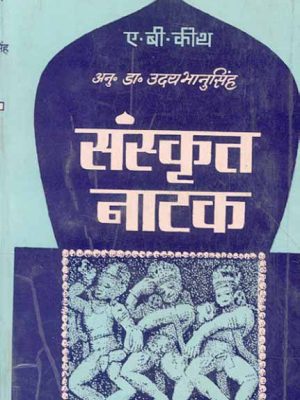
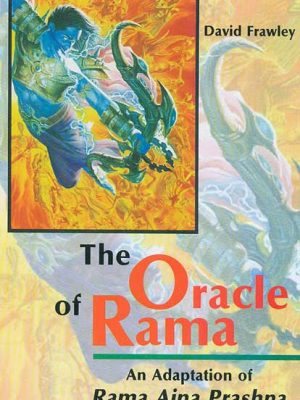
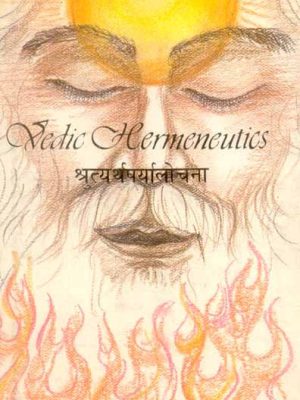
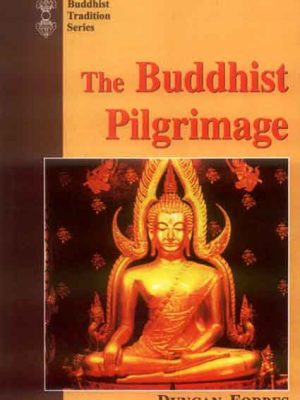
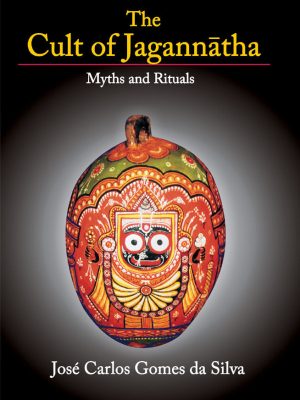
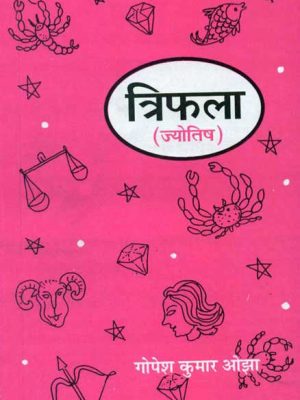
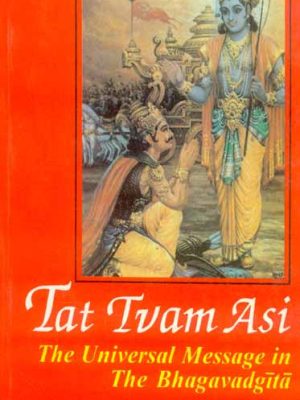

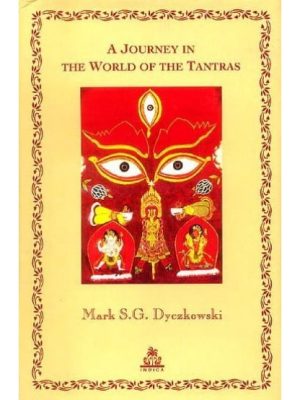



Reviews
There are no reviews yet.